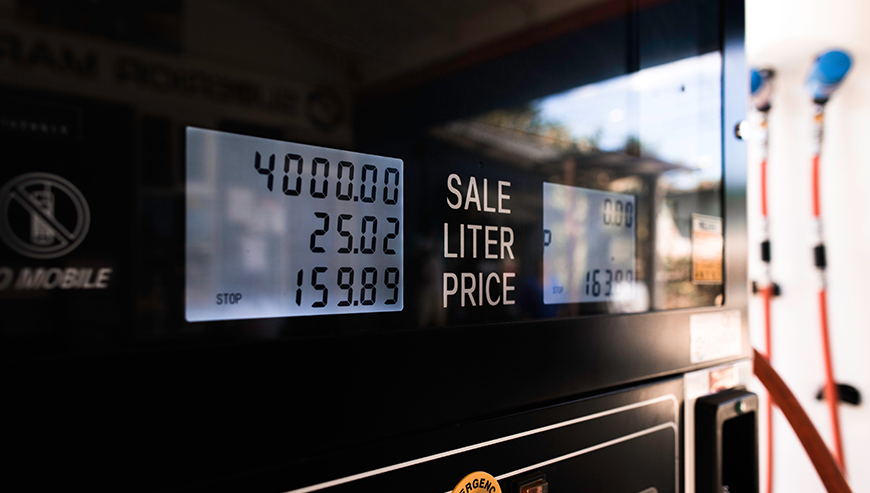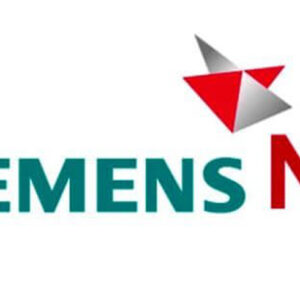الوصف
أنظمة مكافحة الحريق Fire & Gas Fire Protection Systems
Course objectives:
Fire and gas detection and suppression system design techniques that are currently in use are often considered to be unsatisfactory due to their nature of being rule of thumb and experience-oriented without any real ability to quantify risk. This has resulted in systems that are either overdesigned or under-designed. Only after the ISA TR 84.00.07, was a comprehensive framework for performance-based fire and gas design established.
Course Contents
Module 1 – Introduction: Overview and Definitions
Upon successful completion of this Learning Outcome Guide, you will be able to understand
Examples of fire and gas systems
Legal requirements and good engineering practices
Performance
based FGS
Module 2 – Fire and Gas Hazards
Upon successful completion of this Learning Outcome Guide, you will be able to understand
Attributes of hydrocarbon fires
Characteristics of combustible gas releases
Toxic gas hazards
Other special hazards safeguarded by FGS
Module 3 – The FGS Lifecycle
Upon successful completion of this Learning Outcome Guide, you will be able to understand
Relationship to ISA/IEC Safety Lifecycle
ISA Technical Report Concepts
FGS Engineering Design Lifecycle
Module 4 – Risk Concepts and FGS Screening Analysis
Upon successful completion of this Learning Outcome Guide, you will be able to understand
Risk definitions
Risk parameters effected by FGS
Risk Model (Event Tree Analysis)
FGS Considerations in PHA/LOPA/QRA
FGS Screen Analysis
Module 5– FGS Philosophy
Upon successful completion of this Learning Outcome Guide, you will be able to understand
Objectives of FGS philosophy definition
FGS philosophy elements
Module 6– Detector Technology Selection
Upon successful completion of this Learning Outcome Guide, you will be able to understand
Fire detection
Combustible gas detection
Toxic gas detection
Special Topics
Module 7– Zone Definition
Upon successful completion of this Learning Outcome Guide, you will be able to understand
Objectives and guidelines for zone definition
Area coverage versus segregation
Site survey Routing
Module 8- Selecting FGS Performance Requirements
Upon successful completion of this Learning Outcome Guide, you will be able to understand
Performance targets based on risk
Hazard assessment options
Fully quantitative methods for assessment
Semi-quantitative methods for assessment
Module 9- Detector Coverage Assessment
Upon successful completion of this Learning Outcome Guide, you will be able to understand
Fire geographic coverage
Fire scenario coverage
Gas geographic coverage
Gas scenario coverage
Module 10- FGS Safety Availability
Upon successful completion of this Learning Outcome Guide, you will be able to understand
SIL versus FGS Safety Availability
FGS function definition
FGS safety availability calculation
Module 11- FGS Requirements Specifications
Upon successful completion of this Learning Outcome Guide, you will be able to understand
General FGS requirements
FGS functional specifications
Special considerations for FGS
Module 12- FGS Performance and Testing Standards
Upon successful completion of this Learning Outcome Guide, you will be able to understand
Performance standards
Installation validation
Performance validation
Validation of FGS mapping
Who should attend
Control Systems Engineers; Fire and Gas System Specialists; Process Safety Professionals and Engineering Management






